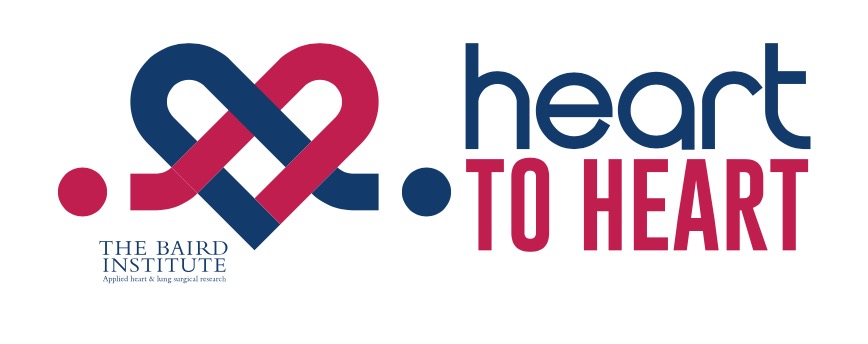Zentner D, James P, Bannon P, Jeremy R
Heart Lung Circ 2020 Apr;29(4):607-618
PMID: 32067919
Abstract
Aortopathies are conditions that result in aortic dilatation, aneurysm formation and dissection. Familial aortopathies (perhaps better known as heritable thoracic aortic aneurysm and dissection, h-TAAD, as not all have a positive family history) are recognised to have an underlying genetic cause and affect the aorta, predisposing it to the above pathologies. These conditions can also affect the extra-aortic vasculature, particularly large elastic arteries and other body systems. Mutations in a number of genes have been associated with h-TAAD. However, not all affected families have a pathogenic gene variant identified-highlighting the importance of a three-generational family history and the likely role of both environmental factors and future gene discoveries in furthering knowledge. Survival has improved over the last few decades, essentially due to surgical intervention. The benefit of identifying affected individuals depends upon a regular surveillance program and timely referral for surgery before complications such as dissection. Further research is required to appreciate fully the effects of individual gene variants and improve evidence for prophylactic medical therapy, as well as to understand the effect of h-TAAD on quality of life and life choices, particularly around exercise and pregnancy, for affected individuals. This will be complemented by laboratory-based research that seeks to understand the tissue pathways that underlie development of arterial pathology, ideally providing targets for novel medical therapies and a means of non-invasively identifying individuals at increased vascular risk to reduce dissection, which remains a devastating life-threatening event.







